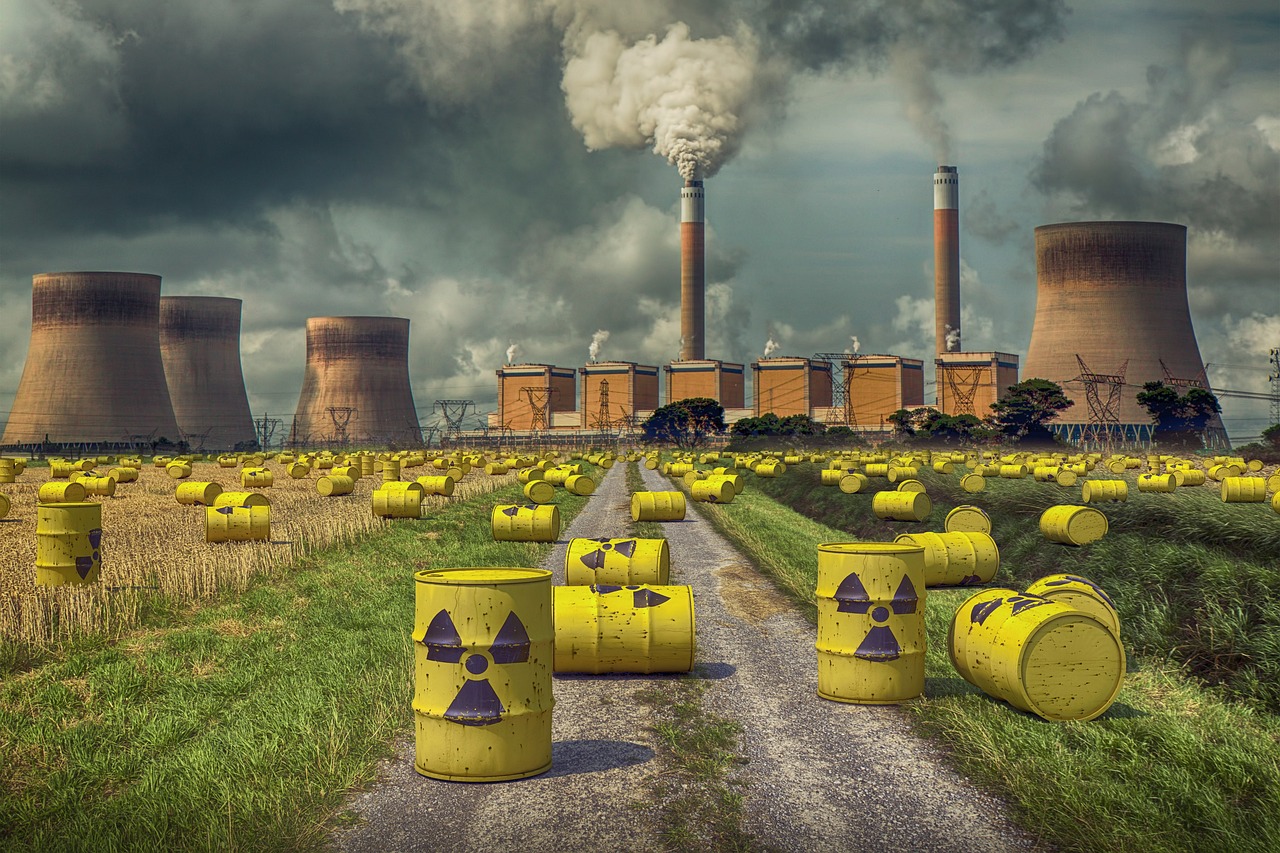Recycling hazardous waste is a critical process that transforms dangerous substances into reusable materials, reducing environmental risks and enhancing sustainability. This guide delves into how hazardous waste is recycled, highlighting best practices, challenges, and innovative solutions.
Why Recycling Hazardous Waste Matters
Hazardous waste refers to materials that pose substantial risks to human health and the environment. These include industrial by-products, chemicals, heavy metals, e-waste, and medical waste. Improper disposal of hazardous waste can lead to air, water, and soil contamination, with long-lasting consequences. Recycling these materials offers the following benefits:
- Environmental Protection: Reduces pollution and minimizes the risks associated with improper waste disposal.
- Resource Recovery: Allows the extraction of valuable components, such as metals and energy, from waste streams.
- Cost Savings: Reduces disposal expenses and regulatory compliance costs.
- Regulatory Compliance: Helps businesses meet environmental laws and standards, avoiding penalties.
How to Recycle Hazardous Waste: Methods and Techniques
The recycling of hazardous waste involves several specialized methods, depending on the type and composition of the waste. Below are the most effective techniques:
1. Energy Recovery
Energy recovery involves converting organic hazardous wastes into usable energy. This process reduces waste volume and generates heat or electricity. Key methods include:
- Incineration: Combustible hazardous waste, such as solvents and oils, is burned in high-temperature incinerators to produce energy. These incinerators are designed to minimize harmful emissions (Noll et al., 1986).
- Waste-to-Energy Plants: These facilities use advanced technologies to recover energy from hazardous materials while controlling by-products like ash and gases.
2. Material Recovery
This method focuses on extracting valuable materials from hazardous waste for reuse in manufacturing and industrial processes. Examples include:
- Metal Recovery: Sludges containing metals like lead, zinc, and copper are processed to extract and recycle these elements (Gan et al., 2018).
- Chemical Reprocessing: Hazardous chemicals such as acids and solvents are purified and reused in industrial operations.
3. E-Waste Recycling
Electronic waste (e-waste) recycling involves the recovery of metals and safe disposal of toxic components. Key steps include:
- Precious Metal Extraction: Recovering valuable metals like gold, silver, and palladium from circuit boards.
- Toxic Substance Management: Properly disposing of hazardous materials such as mercury, cadmium, and lead (Dimitrakakis et al., 2009).
4. Industrial Applications
Recycling hazardous waste into industrial processes can enhance efficiency and sustainability. For example, iron-bearing residues can be reused in sintering processes to produce steel, reducing emissions and hazardous element release (Gan et al., 2018).
5. Waste Exchange Programs
In waste exchange programs, one industry’s waste becomes another’s raw material. This approach minimizes waste while promoting resource efficiency (Noll et al., 1986).
Challenges in Recycling Hazardous Waste
Despite its benefits, recycling hazardous waste poses significant challenges:
1. Secondary Pollution
Improper recycling methods can release harmful substances into the environment, such as heavy metals during e-waste recycling (Bi, 2004).
2. Economic Barriers
Advanced recycling technologies can be costly, making it challenging for companies to adopt them, especially for low-value waste materials (Anderson & Frentrup, 1984).
3. Complex Waste Composition
Hazardous waste often contains mixtures of substances, complicating separation and recovery (Gupta & Babu, 1999).
Strategies to Improve Hazardous Waste Recycling
To address these challenges, the following strategies can enhance recycling efforts:
1. Regulatory and Financial Incentives
Governments can provide subsidies, tax breaks, and stricter enforcement of recycling regulations to encourage businesses to adopt sustainable practices (Durso-Hughes & Lewis, 1982).
2. Centralized Recycling Facilities
Building centralized networks for hazardous waste collection and processing ensures efficient handling and minimizes risks (Bi, 2004).
3. Technological Innovations
Investing in advanced technologies, such as plasma arc recycling, solvent extraction, and high-efficiency filtration systems, improves recovery rates and reduces environmental impacts (Gan et al., 2018).
4. Public Awareness
Educating industries and communities about hazardous waste recycling can lead to more responsible behaviors and higher recycling rates (Zolnikov et al., 2018).
How to Recycle Hazardous Waste: A Summary Table
| Method | Description | Key Benefits | Challenges |
| Energy Recovery | Converts waste into energy via incineration or plants | Reduces volume, generates energy | Potential emissions |
| Material Recovery | Extracts valuable components from waste | Recovers metals and chemicals | Costly for low-value materials |
| E-Waste Recycling | Processes electronic waste | Recovers metals, reduces toxic pollutants | Requires careful management |
| Industrial Applications | Reuses hazardous waste in industrial processes | Reduces emissions, enhances sustainability | Complex preparation |
| Waste Exchange Programs | Shares waste as raw material across industries | Promotes circular economy | Coordination challenges |
Future Trends in Hazardous Waste Recycling
As technology advances and environmental concerns grow, the following trends are shaping the future of hazardous waste recycling:
- Circular Economy Models: Moving toward a zero-waste approach where materials are continuously reused.
- AI-Driven Sorting Systems: Using artificial intelligence to identify and sort hazardous materials efficiently.
- Enhanced Regulations: Governments worldwide are enacting stricter rules to promote responsible recycling.
- Green Chemistry: Developing processes that minimize the creation of hazardous substances during manufacturing.
Conclusion
Recycling hazardous waste is essential for protecting human health, preserving the environment, and recovering valuable resources. By adopting energy recovery, material recycling, and waste exchange programs, we can reduce the environmental impact of hazardous materials. Overcoming challenges like secondary pollution and economic barriers requires strong regulatory frameworks, innovative technologies, and public awareness.

Leave a Reply